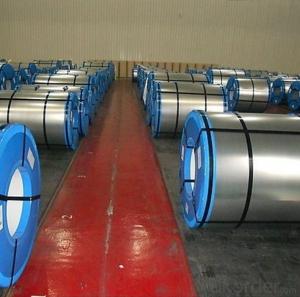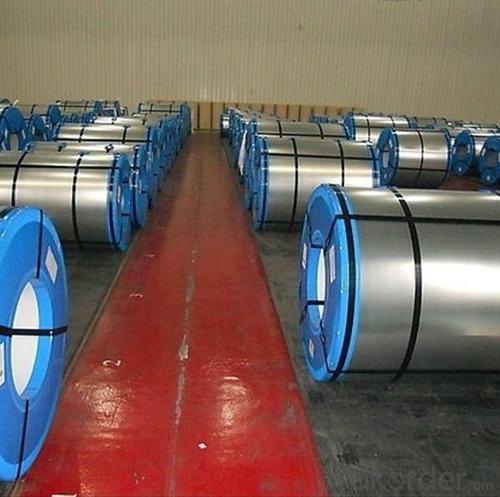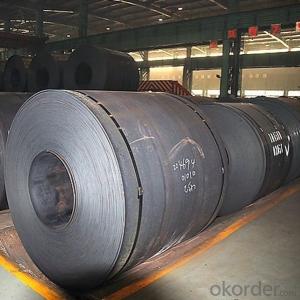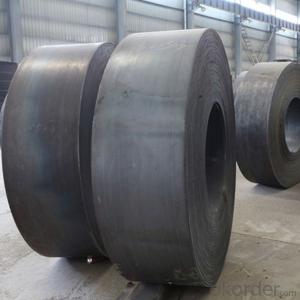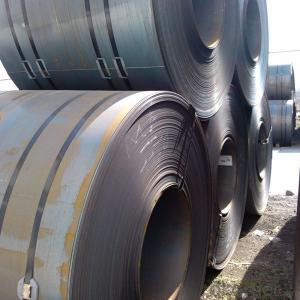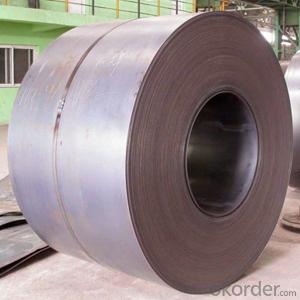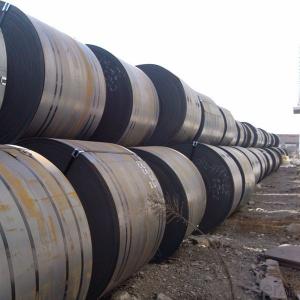Hot Rolled Steel Coils SS400 Carbon Steel Made In China Steel Plates
- Loading Port:
- Qingdao
- Payment Terms:
- TT OR LC
- Min Order Qty:
- 25 m.t.
- Supply Capability:
- 20000 m.t./month
OKorder Service Pledge
OKorder Financial Service
You Might Also Like
Specification
DESCRIPTION FOR SS400 CARBON STEEL SHEET
1.Thickness: 1-200mm
2.Width: 100-3000mm
3.Length: 1000-12000mm
4. Applications :mining machinery, environmental protection, engineering
5. Grade:SS400 A 36 Q195.Q235.Q345.SPCC.SPCH
6.Surface : Hot Rolled Cold Rolled Galvanized Steel
DESCRIPTION FOR CARBON STEEL PLATE
Production | hot rolled st eel coils ss400 |
Port | Tianjin, China |
Category | Minerals & metallurgy |
Thickness | 1.8-16mm |
Width | 1000-1500mm |
Coil Weight | about 23 tons |
Material Grade | SS400\Q235\Q345B |
Technique | Hot Rolled |
Standard | GB ,JIS |
Test | With Hydraulic Testing, Eddy Current , Infrared Test |
Surface | 1) Bared 2) Black Painted (varnish coating) 3) Galvanized 4) Oiled |
Package | in bundles, strapped by strips. Or as customer’s requirement |
Sample | Common products, we can provide freely, for special production,we can depends on negotiation. |
MOQ | 50 tons |
Payment | 100% L/C at sight, 30% T/T in advance, and the balance against the copy of B/L or negotiation |
Delivery time | Within 10-25 days, according to quantity, asap save customer’s time |
Certificate | ISO |
DETAILED PICTURES FOR STEEL COILS
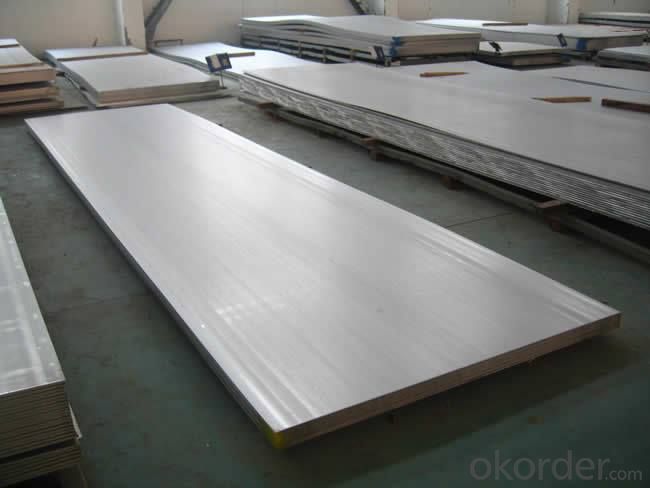
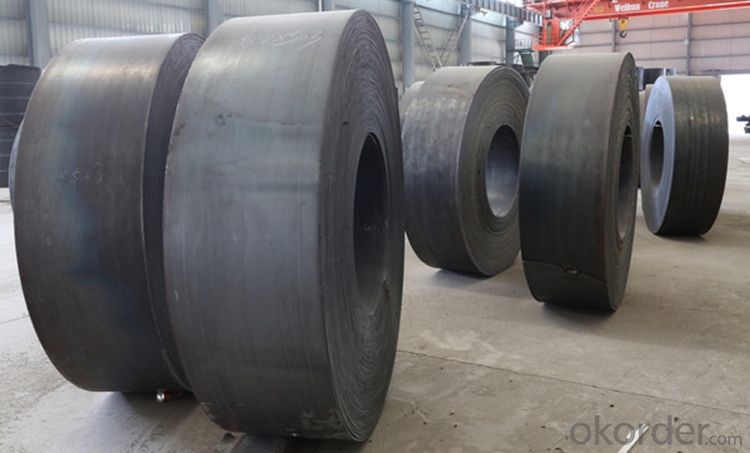
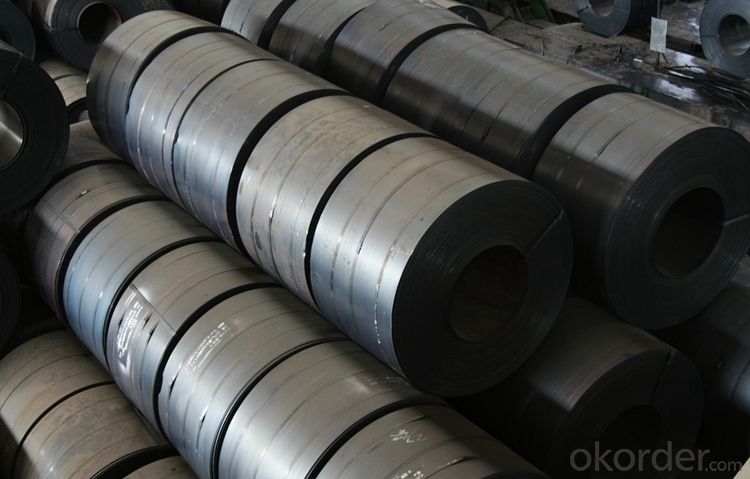
PACKING:
1.Big thickness:by bulk vessel
2.Small thickness:packed by steel strips and shipped by container
3.According to the requirements of customers'
TRADE TERMS :FOB, CFR, CIF
FAQ:
Q:Do you have OEM service?
A: Yes.Variety of products size,quality and quantity can be customized according to your need.
Q:Could you support free sample?
A:Yes.We can supply FREE samples.But the delivery charges will be covered by our customers.
Q:How about the delivery time?
A:Within 15-30days after receiving the deposit or L/C at sight.
- Q: Can steel coils be used in the manufacturing of appliances?
- Appliances can indeed utilize steel coils for their production. They are frequently employed as the principal raw material in the manufacturing of various appliances, including refrigerators, stoves, dishwashers, and washing machines. To meet appliance specifications, these steel coils are typically processed and molded into specific parts like panels, frames, or doors. The utilization of steel coils in appliance manufacturing provides several benefits, such as robustness, longevity, and resistance against corrosion. Moreover, steel coils can be effortlessly fabricated and manipulated to accommodate the distinct design needs of different appliances, making them a versatile and frequently employed material within the industry.
- Q: How are steel coils used in the manufacturing of transportation equipment?
- Steel coils are used in the manufacturing of transportation equipment as they provide a durable and strong foundation for various components such as chassis, frames, and body panels. These coils are typically processed and shaped into specific forms to meet the design requirements of automobiles, ships, trains, and aircraft. The high tensile strength and ability to withstand heavy loads make steel coils an essential material in the transportation industry, ensuring the safety and reliability of the vehicles and equipment.
- Q: How are steel coils used in the production of bridges and infrastructure?
- Steel coils are used in the production of bridges and infrastructure as they are rolled into different shapes and sizes to form the structural components. These coils are then used to create beams, girders, and columns, providing strength and support to the structures. The flexibility and durability of steel allow for the construction of bridges and infrastructure that can withstand heavy loads, extreme weather conditions, and long-term use.
- Q: Myself, iam Working In a Steel Fabrication Company. I completed my Engineering in 2006 and immediately recruited in this company in Oman. My company is Steel Fabrication company .So as i am new to this field, i just need some basic knowledge regarding this Steel Fabrication.Waiting for ur early reply.
- make searches on internet; it's the best way to learn.
- Q: How are steel coils used in the production of electrical equipment?
- Steel coils are used in the production of electrical equipment as they serve as the core component for transformers. The coils are made from high-quality steel to ensure efficient electrical conductivity and magnetic properties. They are wound around a core to create an electromagnetic field that helps in the transformation of voltage levels, enabling the smooth transmission and distribution of electricity.
- Q: What are the different types of steel coil cutting tools?
- There are several types of steel coil cutting tools, including slitting shears, rotary slitters, flying shears, and laser cutters. Each tool is designed to cut steel coils into specific shapes and dimensions, depending on the desired end product.
- Q: What are the common welding techniques used for steel coils?
- The common welding techniques used for steel coils include gas metal arc welding (GMAW), flux-cored arc welding (FCAW), and submerged arc welding (SAW). These techniques offer different advantages in terms of speed, efficiency, and weld quality, allowing for diverse applications in the steel industry.
- Q: I just got my Daewoo K2 in 5.56 and i know they are tough and reliable but how well will it fair with steel rounds. I know shooting brass is better for any gun but what kind of extra wear and tear would i be looking at with shooting steel. Also what about reloading steel. Is it recomended. I would not even be asking this but steel is far cheaper than brass ammo, and i need to save some money.
- It would actually cost you more to reload steel.
- Q: How are defects in steel coils repaired?
- Defects in steel coils are repaired through various methods depending on the type and severity of the defect. Common repair techniques include grinding, welding, soldering, or using heat treatment processes to correct the defects. The specific approach is determined by professionals after assessing the nature of the defect and considering the desired quality and performance standards of the steel coils.
- Q: How are steel coils used in the production of agricultural fencing?
- Steel coils are used in the production of agricultural fencing as they are transformed into wires that are woven, welded, or twisted to create durable and sturdy fences. These steel coils are typically made from high-quality steel, which ensures strength and longevity, making them ideal for withstanding the demands of agricultural environments.
Send your message to us
Hot Rolled Steel Coils SS400 Carbon Steel Made In China Steel Plates
- Loading Port:
- Qingdao
- Payment Terms:
- TT OR LC
- Min Order Qty:
- 25 m.t.
- Supply Capability:
- 20000 m.t./month
OKorder Service Pledge
OKorder Financial Service
Similar products
Hot products
Hot Searches
Related keywords
